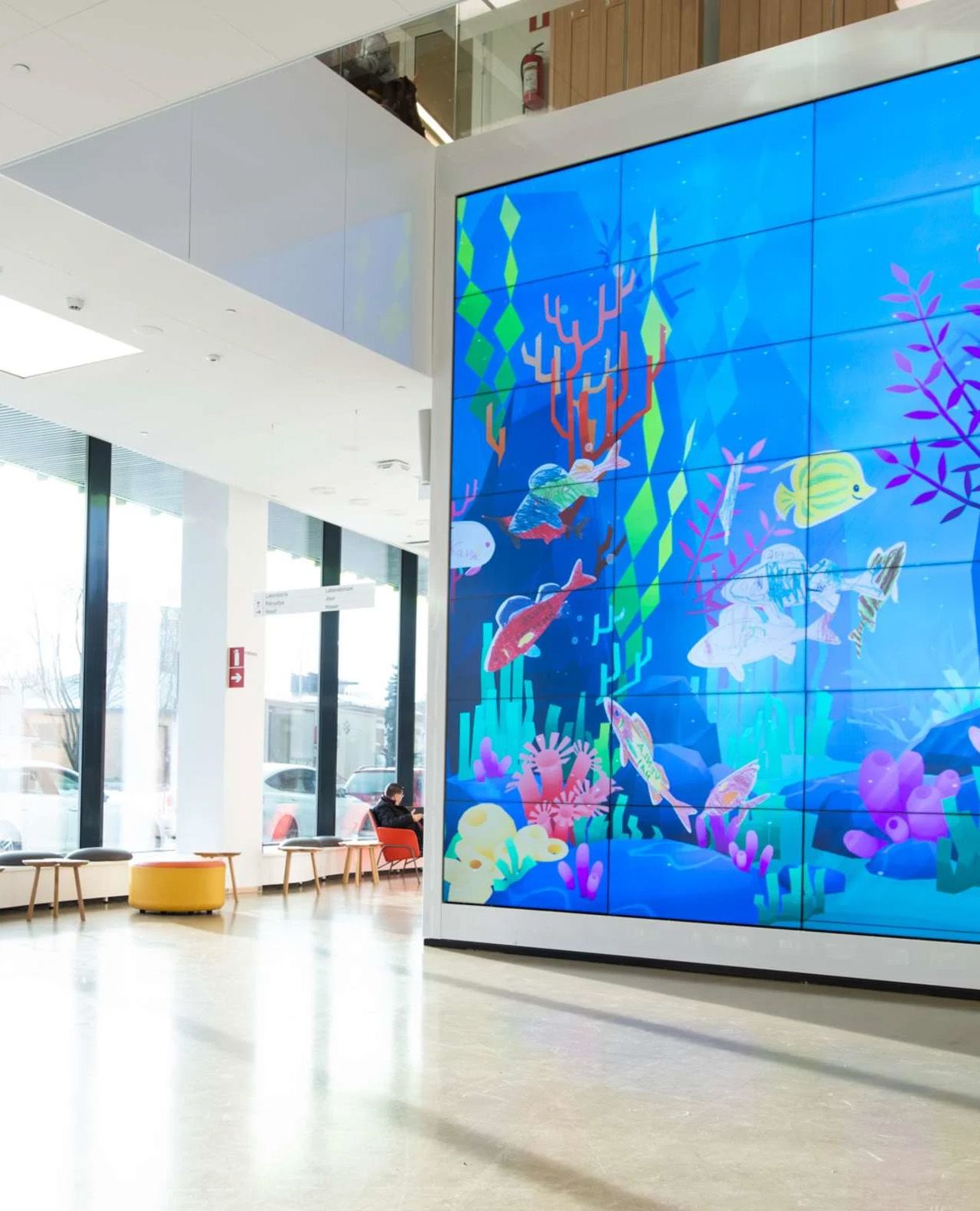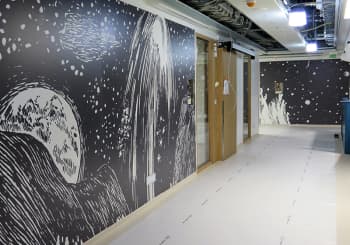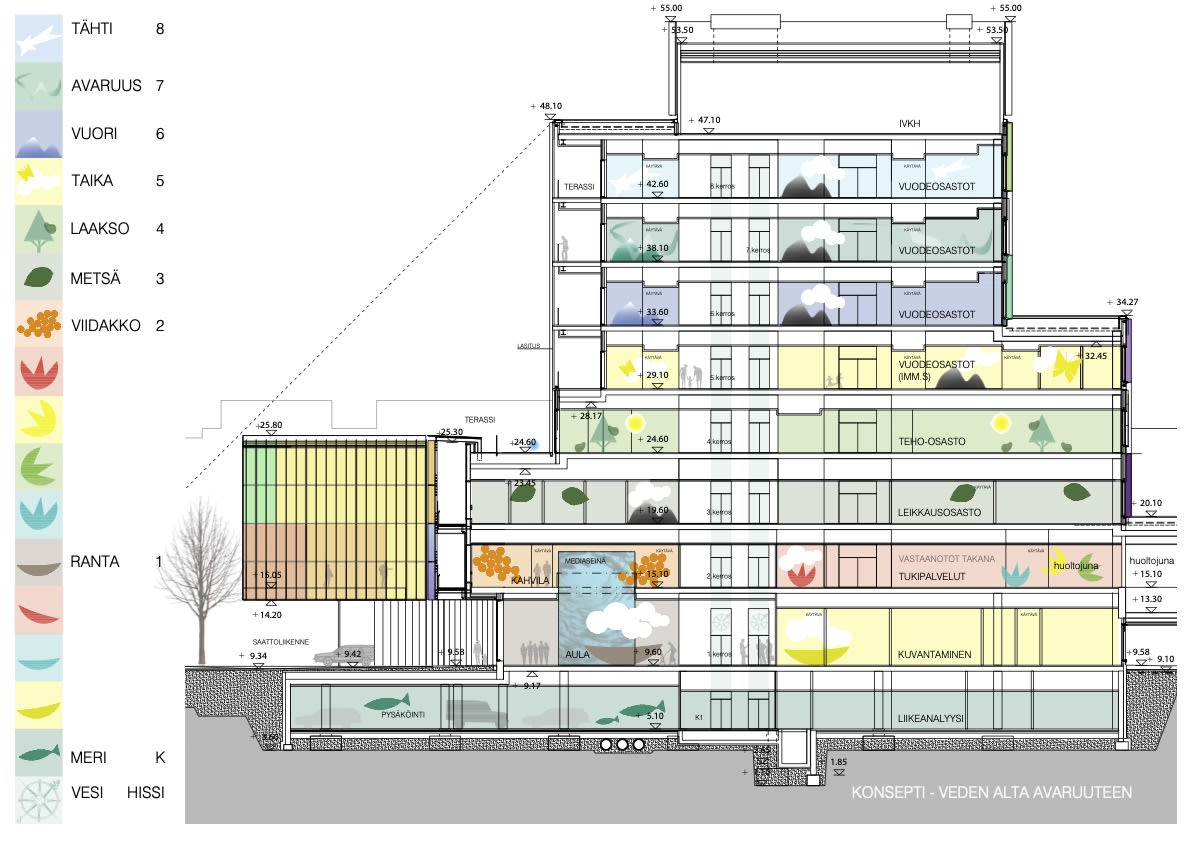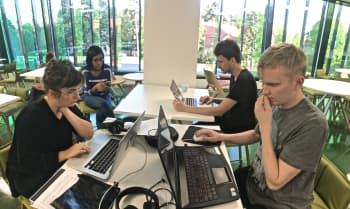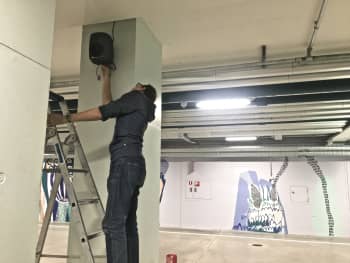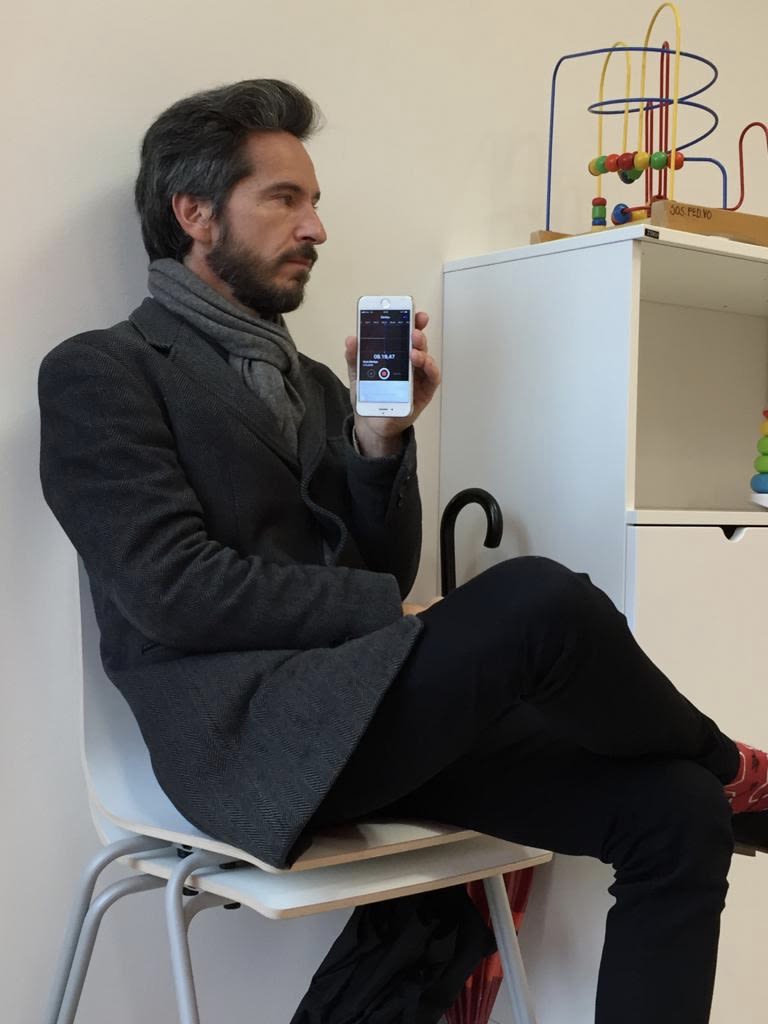Towards friendly-sounding environments
Designed soundscapes create multi-sensory experiences

Intelligent sound design influences our experience of different spaces. It can be used to enliven environments, tell a story and enhance user experience. It can also be used to stimulate the senses, enhance well-being and create new worlds.
When the New Children's Hospital in Helsinki was still under works by architects and engineers, sound designers were already working alongside them. They wanted the modern hospital facilities to offer patients – children and their parents – and staff a pleasant, holistic experience.
When designing Finland's largest children's hospital, the aim was to create a multi-sensory environment, where the soundscape is a key element: it acts as a mediator and connector between people and the environment. The aim of the sound-enriched spaces is to reduce the anxiety of the little patients while they wait for treatment or examinations, as well as bring a touch of fairytale playfulness to the hospital environment.
The soundscape of the interior spaces was designed and implemented by master's students in Sound in New Media at Aalto University, under the supervision of Senior University Lecturer Antti Ikonen. In addition to the hospital management, the work was closely coordinated with experts in digital audio technology and supervised by specialists in sound research and medicine.
The soundscape of the New Children's Hospital is a pioneering and socially impactful project that has even attracted widespread international interest. The hospital won the Finlandia Prize for Architecture in 2018 and the soundscape won the Grand Prix at the International Sound Awards in 2019.
In the lobby there is a digital aquarium, designed by Aalto University MediaLab students, where children can colour their own fish to swim in before the doctor's appointment. Photo by Matti Snellman / HUS
In the lobby there is a digital aquarium, designed by Aalto University MediaLab students, where children can colour their own fish to swim in before the doctor's appointment. Photo by Matti Snellman / HUS
The Moomin theme, familiar to children, can also be seen in the hospital lifts. The floor of the lift sparkles like a starry sky. Photo by KONE Corporation Oy Ltd
The Moomin theme, familiar to children, can also be seen in the hospital lifts. The floor of the lift sparkles like a starry sky. Photo by KONE Corporation Oy Ltd
Backed by research on the effects of sound
The hospital’s soundscape includes the soothing sounds of the sea, wind, birdsong, jungle and musical elements. The soundscape tailored for the hospital is based on research about the pleasant and soothing sensations evoked by the sounds of nature. The sounds are gentle, subtle and imaginative.
The soundscape follows the visual appearance of the hospital, the rhythm of the day and, in a future version, the changing seasons. Sixty loudspeakers in the hospital's public areas, including the lifts, transmit the sounds. The sounds playing from each loudspeaker can also be individually controlled and edited to the smallest detail.
‘Technically, the soundscape has been made variable rather than repetitive, in order to prevent listener fatigue and sensory overload. The auditory appearance is never exactly the same,’ says Antti Ikonen.
The sounds were first tested in the lobbies and corridors of Aalto University's Otaniemi campus, among other places, and has since been modified based on feedback. The final sounds have been fine-tuned on location in the hospital, so that they match with their surroundings.
The project will continue: the soundscape will be developed and refined based on feedback from visitors and staff. A user survey on the soundscape was carried out during 2022 and 2023, and the results are already being analysed.
The sound samples below are a condensed "taster" of the ingredients that make up the soundscape of the hospital. They are played quietly, sparsely and in random order on different floors of the hospital.
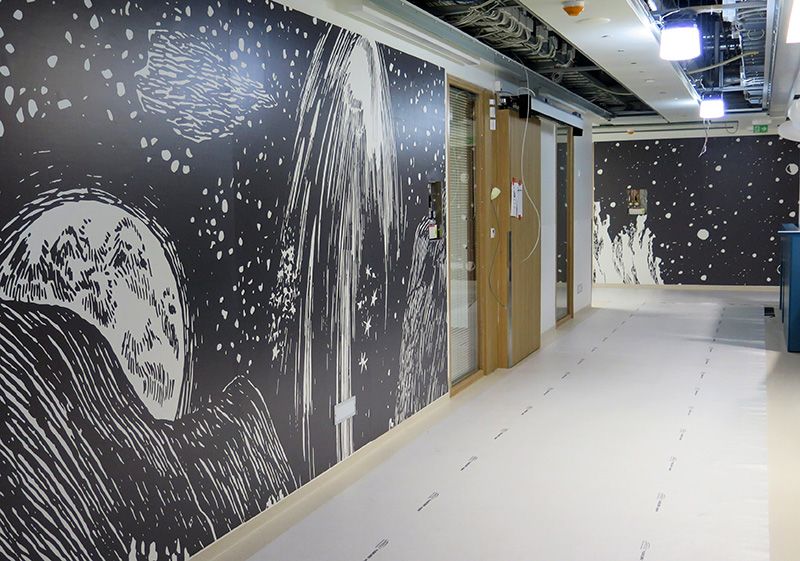
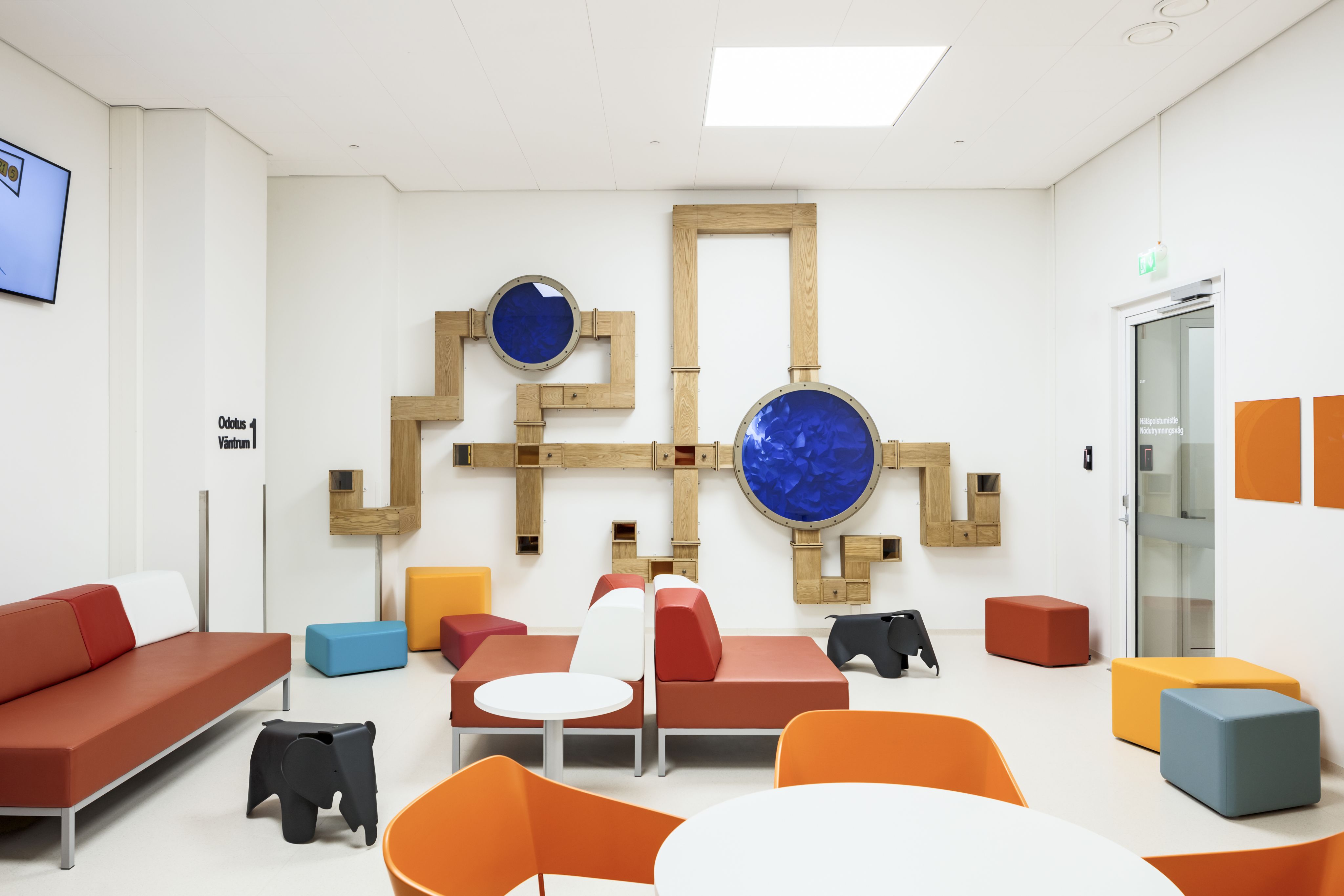
The different floors of the New Children's Hospital have different soundscapes.
The different floors of the New Children's Hospital have different soundscapes.
New dimensions in sound design
As a composer and sound designer, Antti Ikonen himself is interested in all of the possibilities of sound. He envisions what can be done with sound and speech control, now and in the future.
‘Intelligent sound design for different spaces is an emerging and growing area that we at Sound in New Media are tackling. This involves the whole new advent of auditory communication,’ says Ikonen.
The rise and development of auditory media, sound technology and sound art in the 21st century ushered in a 'new era of sound.' The Sound in New Media programme started in 2008 and its students and teachers have been exploring the possibilities of sound and carrying out commissioned projects ever since. The approximately 100 Masters of Arts graduates of the programme to date continue their pioneering work around the world.
In a world saturated with technology, it is essential to understand and explore the impact of technology on individuals, organisations and society, and to strive for a balanced coexistence of technology and humanity.
Many 'smart' solutions are already making life easier, such as voice-activated search engines on smartphones. Could voice also soon be used to directly control home appliances, interfaces or vehicles?
The electrification of cars has created a new kind of challenge for sound designers. A European Union regulation requires electric cars to make noise even when they are driving slowly forward or reversing, so that other road users can detect them in time. Electric cars, which are otherwise silent, are also equipped with speakers on the outside, allowing car manufacturers' sound teams to exercise their creativity and the added sound inevitably becomes a part of the branding of the car.

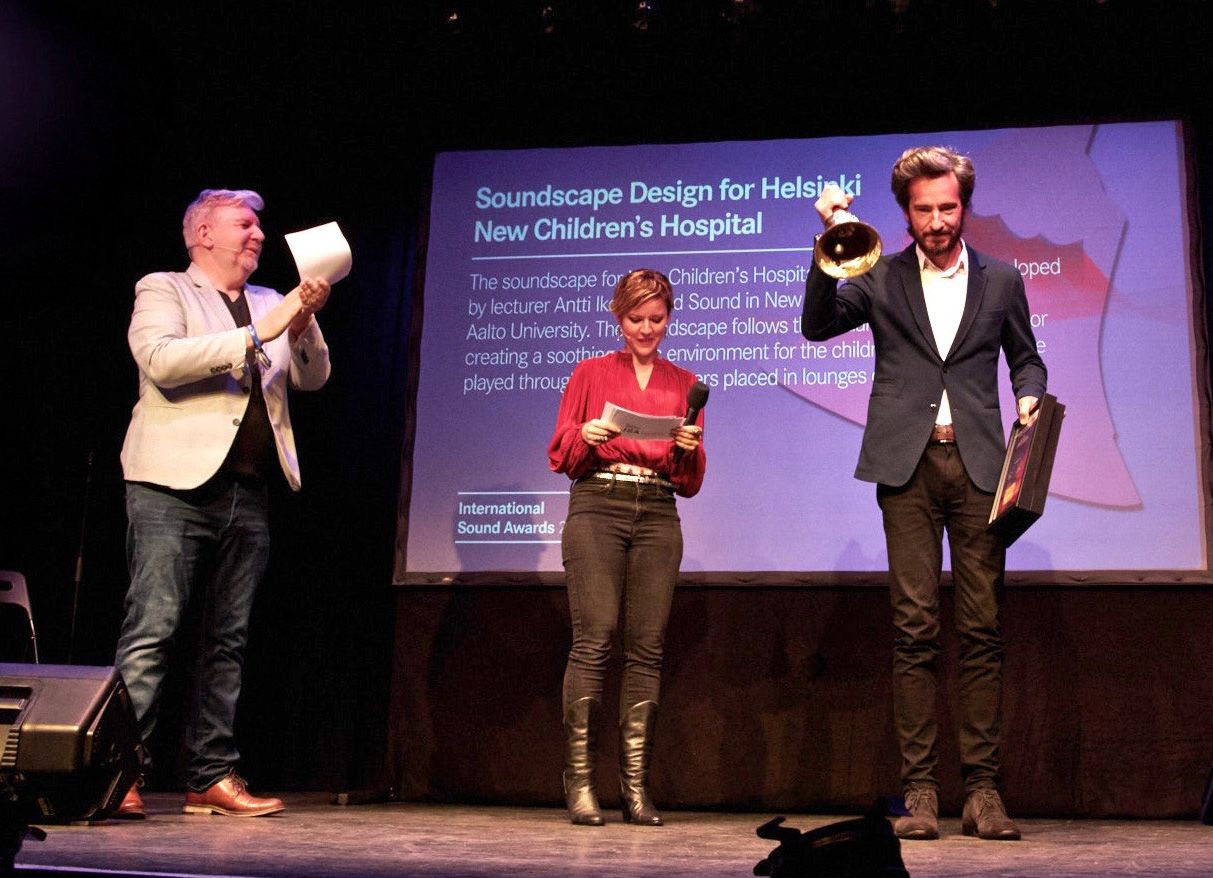
The soundscape connects people to their environment
The sound designer strives for solutions that are best all-around, both technically and content-wise. Whether made for a game, user interface or even installation art, the soundscape must be a harmonious whole. So, when the sound design is done right, you may not even notice it!
‘Adaptive sound is usually not meant to evoke any ‘wow effect’ – just as lighting design does not necessarily mean disco balls and flashing stroboscopes when it comes to intelligent lighting,’ says Ikonen.
So, what is 'intelligent sound design'?
‘Intelligent sound design is creating a site-specific sound environment that reacts to people present or to regular variables, such as time or dynamic parameters, such as what the weather happens to be like. It has a huge potential,’ says Ikonen.
Museums also want to offer multi-sensory experiences, with increasing attention on the auditory aspect of exhibitions as well as the entire museum experience. Museums are important partners for Aalto University’s Sound in New Media programme.
Students and teachers from the programme have created soundscapes for environments ranging from the National Museum's exhibition The Story of Finland to the Finnish Pavilion at the World Expo in Shanghai, as well as Design Museum, Sports Museum, Amos Rex Museum, Kindergarten Museum, among others.
Samples of the Pulse of Tripla, a work based on airflow data from the Mall of Tripla shopping centre, and a soundscape for the Suunto company, which was heard at the Design Museum's "Touch of Intimacy" exhibition.
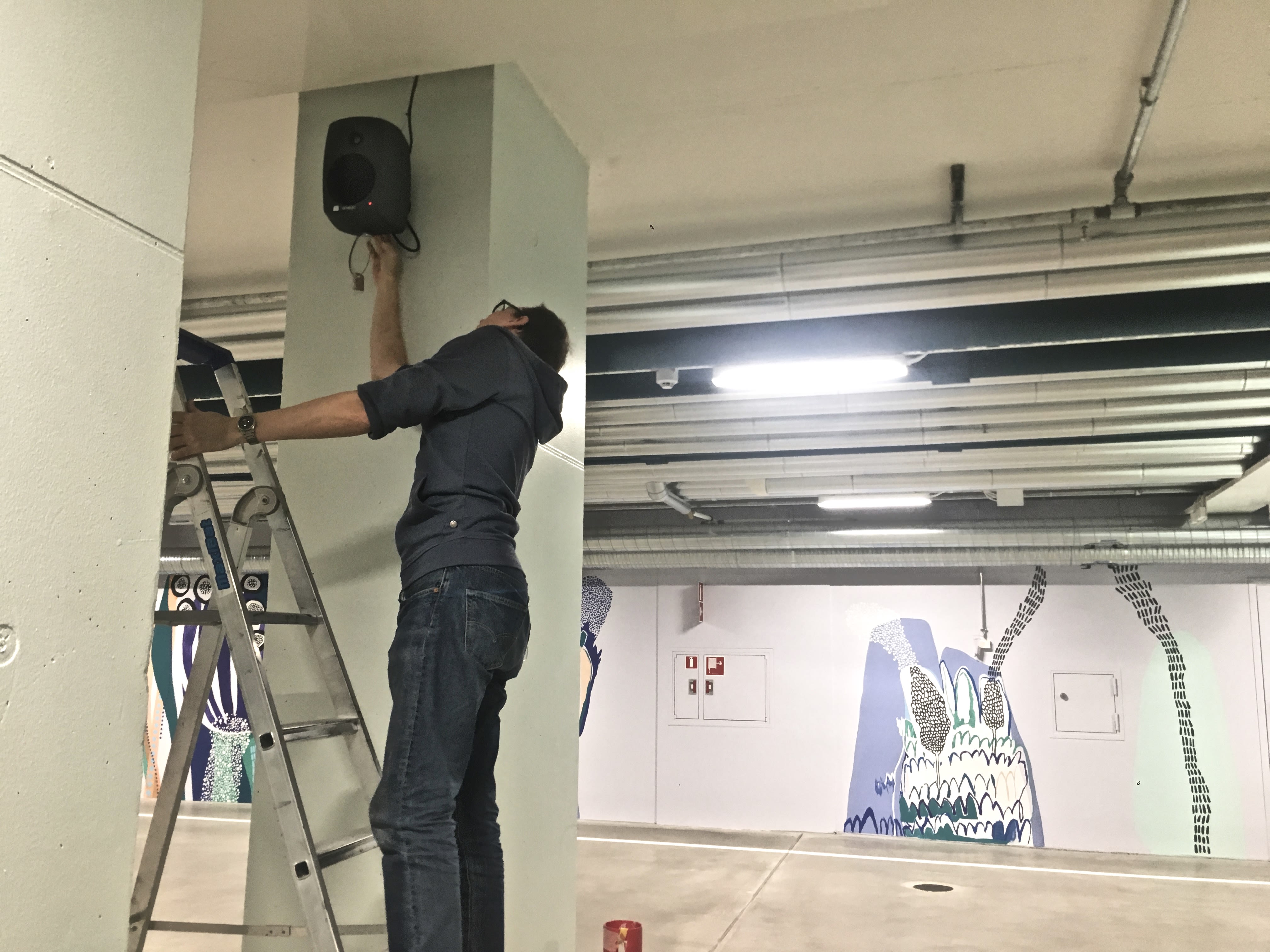
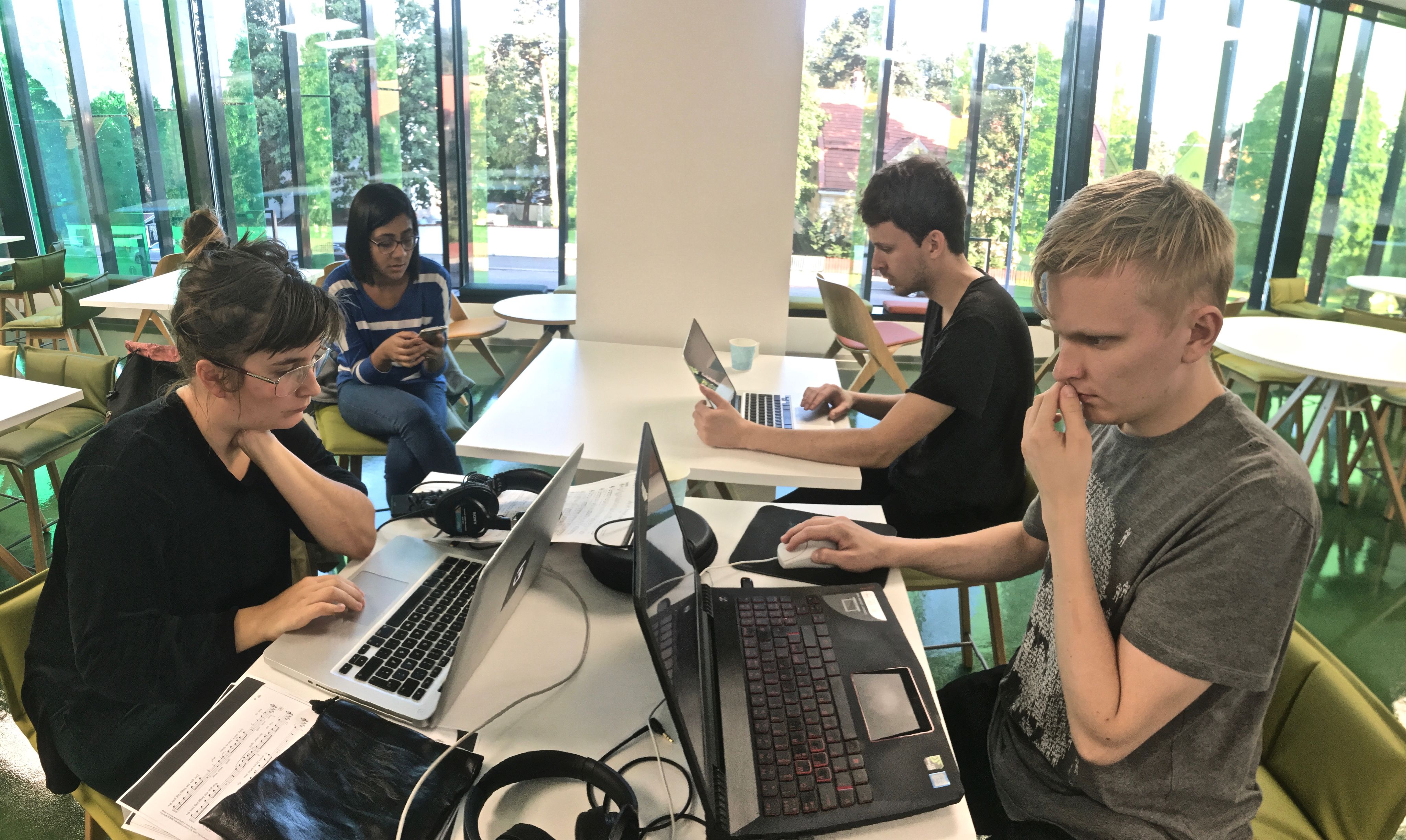
The opportunities of digitalisation
Sound in New Media studies aim to explore and understand the latest technologies and their impact on the soundscape around us: the possibilities that digitality opens up for acoustic communication, sonic interaction and new forms of musical expression in live performance or in different media.
Sound is taught and studied in a multidisciplinary way. The content of the curriculum intersects with other areas of the Aalto University School of Arts, Design and Architecture, such as game design and virtual reality, architecture, contemporary art, industrial design, film and animation. In addition, there are also links within the university to the Acoustics Lab and speech recognition technology. Since the beginning, close cooperation has also been done with the University of the Arts' degree programmes in music technology, time-space arts and theatre sound design.
‘Each of my lectures starts with listening to sounds or audio material and discussing them. I'm constantly learning new things by listening to the students, that's the best part of the job,’ says Ikonen.
‘Our students and alumni are exceptionally well equipped to work as sound designers in multidisciplinary client and user-driven projects, where you need to understand both the content and the technology to make it work,’ says Ikonen. This is also the case with sound design projects related to the visitor experience in museums.
Ikonen says that new collaborations have also emerged from the New Children's Hospital project. The generative methods used in the hospital soundscape have also attracted the interest of sound designers work for commercial facilities, as it offers an alternative to the traditional "muzak" and playlist-based background music.
‘Artificial intelligence and robotics are some of the most fascinating and perplexing areas of technological development today. We want to be among the first to give voice to these phenomena. They are changing the world in ways we probably can't even imagine. The future will not be the same,’ Antti Ikonen sums up.
‘But technology is still, at its finest, just a tool. Good sound design always starts with listening and understanding what you hear – including how others hear and listen,’ says Antti Ikonen.
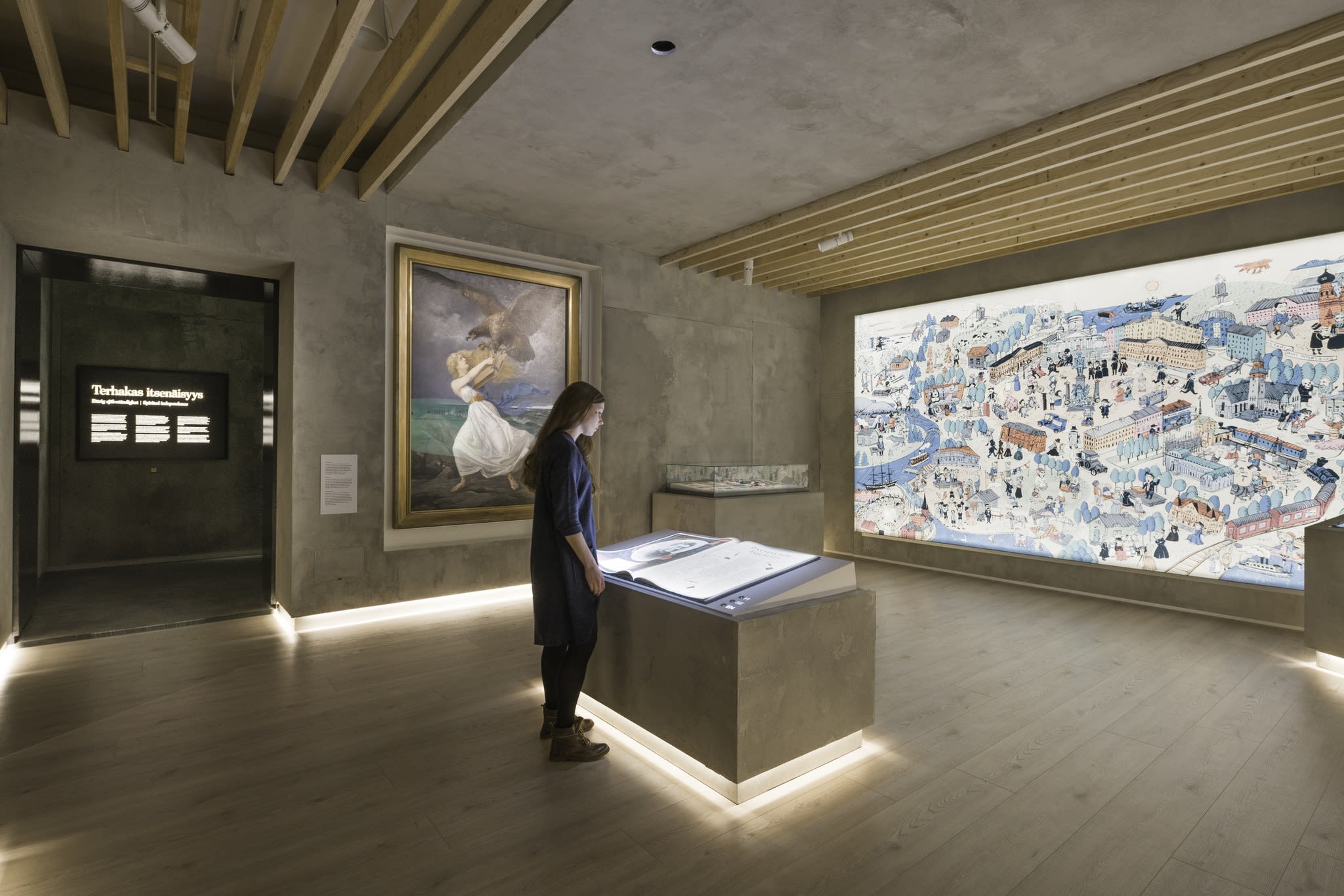
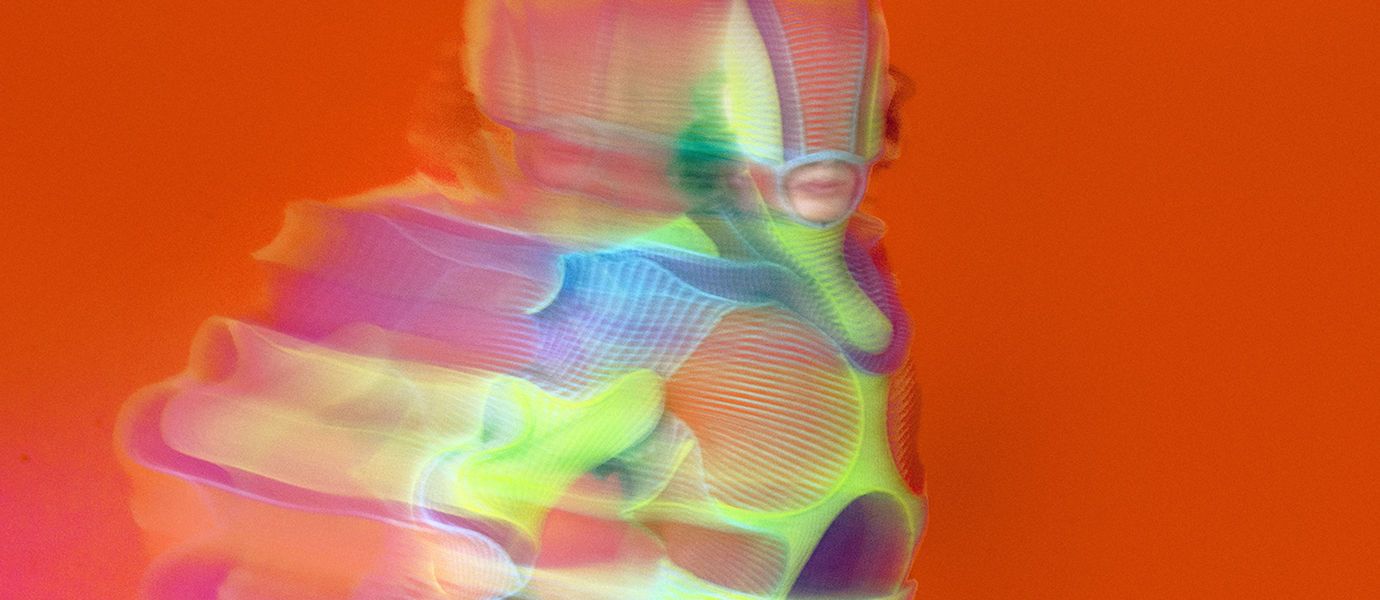
Antti Ikonen is a Senior University Lecturer at Aalto University, where he teaches and organises courses on sound and music together with Aalto University's sound and audio researchers, and leads the Sound in New Media Master's programme. He is also a musician, composer and sound designer.


